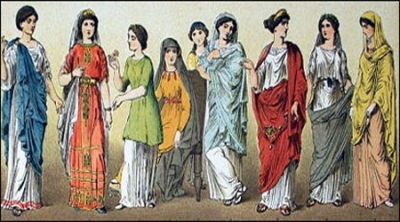
The earliest forms of tie-dye date back to 500 AD. These early examples originated in modern-day Peru. The early designs were comprised of small circles and lines with a variety of brightly colored dye.
The earliest written records about tie-dye come from China and Japan. The process was used during the T’ang Dynasty in China and the Nara Period in Japan as far back as the 6th century. People used natural dyes from berries, leaves, roots and flowers to color clothing. These natural items were boiled, and the fabrics then soaked in the hot, dyed water to take on a new color.
As early as the 6th century in India, people practiced a type of tie-dye known as Bandhani. This process involves using thread to tie off small pieces of fabric in intricate patterns before dipping the fabric in dye. This type of tie-dyeing is still practiced today.
In the United States, tie-dyeing first rose to popularity in the period known as the Roaring ’20s. It remained popular during the Great Depression as a way for people to cheaply decorate their homes and clothing using the tie-dyeing process.
The 1960s is, of course, the decade most commonly associated with tie-dye. While the style hadn’t been “in” for a few decades at that point, it saw a surge in popularity during the hippie era because it served as a simple and inexpensive way to express creativity. Hippies longed to escape from the strict societal norms of the 1950s, and tie-dye exuded a free-spirited style.
When big stars like Janis Joplin and Jerry Garcia started wearing tie-dye, the youth of America quickly picked up on the trend. It became one of the most iconic looks of the time period.
While tie-dye shirts tend to come back in style every few years, they really hit a high point during the 1980s. During this decade, designers began incorporating this look into their fashion shows. The new types of dye that hit the market during the 1980s had much greater staying power, and they offered a greater variety of shades and colors.
Today, tie-dye shirts remain as popular as ever. They come in a wide range of colors and styles. From brightly colored swirls to more subdued pastels, there are tie-dye styles that are suitable for just about everyone.
Credit : The Adair Group
Picture Credit : Google




